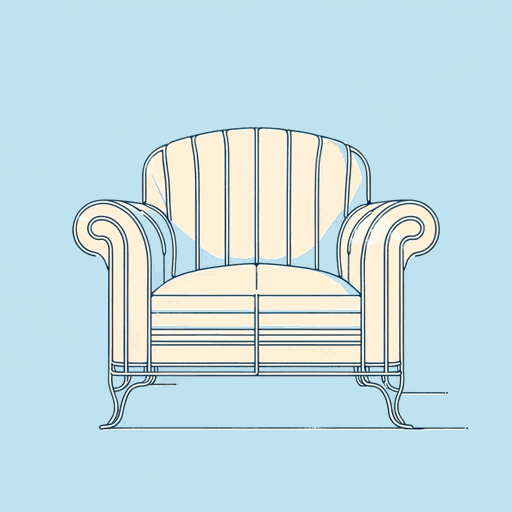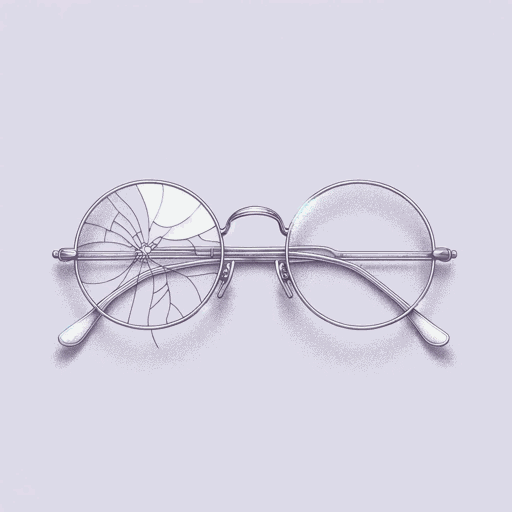36 pages • 1 hour read
Sigmund FreudOn Dreams
Nonfiction | Book | Adult | Published in 1901A modern alternative to SparkNotes and CliffsNotes, SuperSummary offers high-quality Study Guides with detailed chapter summaries and analysis of major themes, characters, and more.
Chapters 8-9Chapter Summaries & Analyses
Chapters 8-9 Summary and Analysis
All the components of dream processes discussed thus far are functions of the dream itself. The mind utilizes compression, displacement, and composition to make the subconscious available and intelligible. Freud characterizes dreams as a “hysterical symptom” of a psychical process to address obsession and desire (65). As repressed desires become stronger and influence more behavior, the unconscious mind seeks to make them known to the conscious mind so they can be dealt with. However, these repressed desires are often threatening and can overwhelm consciousness; utilizing symbolism in dreams allows the process to be achieved more gradually. However, it is only through analysis that those desires can be recognized, as expressed in the theme Making Meaning Through Analysis.
In Chapter 8, Freud focuses on displacement, which he argues poses the greatest threat to dream interpretation. Displacement obscures the deepest unconscious desires and thoughts. Analysis roots out these hidden concepts. Unconscious thoughts are buried so deep that they may seem entirely alien to the person whose dreams are being analyzed. Freud suggests that even in the case of his own dreams he often finds the ideas presented through analysis to be “unpleasant” and “foreign” (66).
Related Titles
By Sigmund Freud

Civilization And Its Discontents
Sigmund Freud

Moses and Monotheism
Sigmund Freud

The Freud Reader
Sigmund Freud

The Future of an Illusion
Sigmund Freud

The Interpretation of Dreams
Sigmund Freud

The Uncanny
Sigmund Freud

Three Essays on the Theory of Sexuality
Sigmund Freud

